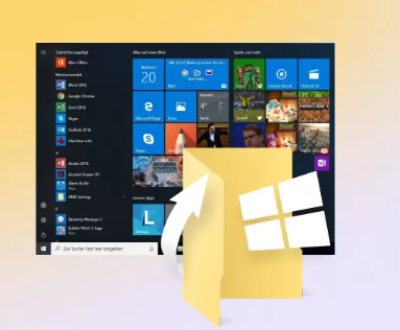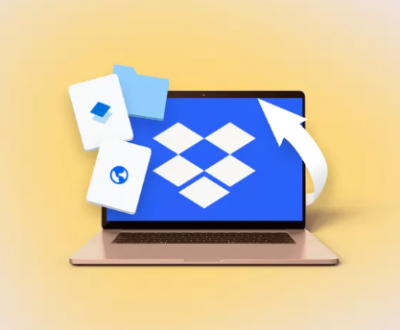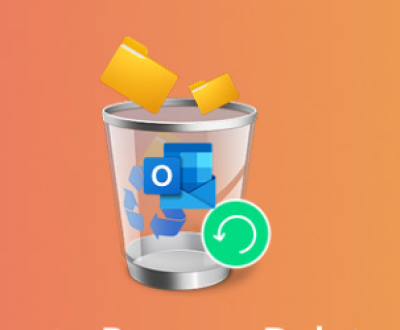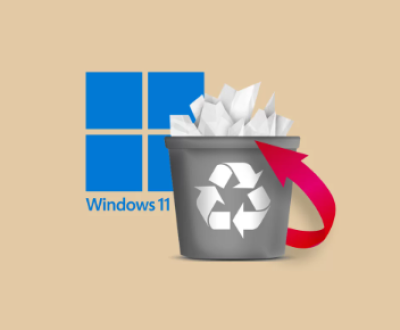Determining if an SD card is corrupted can be crucial, especially when dealing with important data stored on it. Corruption can happen due to a variety of reasons, such as physical damage, improper ejection, or file system errors.
1. Introduction
SD cards are popular for storing photos, videos, documents, and other forms of data in mobile devices, cameras, and even laptops. However, like any storage medium, they are susceptible to corruption. When an SD card is corrupted, files may become inaccessible, or the card may no longer be recognized by the device.
Understanding how to recognize and diagnose a corrupted SD card can help recover lost data and prevent further damage. This guide will walk through the symptoms of a corrupted card and provide actionable solutions.
2. Common Causes of SD Card Corruption
Before diagnosing corruption, it’s important to understand the common causes of SD card corruption:
Improper Removal: Removing the SD card without safely ejecting it can lead to data corruption. This can happen when removing the card from a computer or camera without following the proper procedure.
Physical Damage: Dropping, bending, or exposing the card to extreme temperatures can cause physical damage, leading to corruption.
Power Failures: If the device loses power during a data transfer, it can corrupt the file system, leaving the SD card unreadable.
Bad Sectors: Over time, some sectors on the SD card may go bad, making parts of the card unreadable.
Viruses or Malware: SD cards can be infected with malware or viruses, especially when used in compromised devices. This can corrupt files or make the card unreadable.
Manufacturing Defects: Some SD cards may come with inherent defects that make them more susceptible to corruption.

3. Signs That Your SD Card is Corrupted
Recognizing the signs of corruption early on can prevent further damage and help recover lost data. Here are the common indicators:
Unreadable by Device: The most apparent sign is when your SD card is not recognized by your phone, camera, or computer. When inserted, the device might show a message such as “SD card not recognized” or “Please insert a disk.”
Inaccessible Files or Folders: If the files or folders stored on the SD card become inaccessible, it could be a sign of corruption. You may also notice unusual file names or missing data.
Slow Performance: If accessing the card becomes noticeably slower, or the files take a long time to open, this might indicate underlying issues.
Error Messages: Your device might display messages like “File system error,” “The disk is not formatted,” or “Memory card error.”
RAW File System: If the SD card shows a RAW file system instead of the usual FAT32 or exFAT, it suggests that the card is corrupted.
Frequent Crashes: The device may frequently freeze or crash when accessing or writing data to the SD card.
Corrupt Files: You may open photos, videos, or documents and find them incomplete, scrambled, or showing error messages.
4. How to Check if Your SD Card is Corrupted
Once you suspect that your SD card may be corrupted, several steps can confirm this:
a. Insert the Card into Another Device
Sometimes, the issue might be with the device rather than the SD card. Try inserting the card into a different device, such as another camera, phone, or computer. If the card works fine in the second device, the problem may lie with the original device.
b. Use a Card Reader
If you typically use the card in a camera or smartphone, try accessing it through a card reader connected to a computer. This eliminates the possibility of a hardware or software issue with your device.
c. Check Disk Utility on Your Computer
Both Windows and macOS offer built-in tools for checking and repairing disk errors. Here’s how to use them:
On Windows:
Insert the SD card and open “This PC” or “My Computer.”
Right-click on the SD card drive and select “Properties.”
Go to the “Tools” tab and click “Check” under the Error Checking section.
Windows will scan for errors and attempt to fix them.
On macOS:
Open “Disk Utility” from the Applications folder.
Select the SD card from the list of drives.
Click “First Aid” and follow the instructions to scan and repair the SD card.
d. Use Command Line (Windows)
For advanced users, running a CHKDSK command can help diagnose and fix issues:
Insert the SD card and open Command Prompt.
Type chkdsk X: /f (replace X with the letter of your SD card).
The system will scan for file system errors and attempt to fix them.
e. Check for Bad Sectors
Bad sectors can lead to data corruption. You can use software such as HD Tune or SD Insight to check the health of your SD card and detect bad sectors.
5. Tools to Diagnose SD Card Issues
There are several tools available to diagnose SD card issues and recover corrupted data:
EaseUS Data Recovery Wizard: This tool can scan your SD card for lost or corrupted files and recover them. It’s user-friendly and supports multiple file formats.
Recuva: Another popular recovery tool, Recuva can retrieve deleted or corrupted files from SD cards.
PhotoRec: This free tool specializes in recovering multimedia files like photos and videos from corrupted SD cards.
SD Card Formatter: If your SD card is readable but corrupted, using the SD Card Formatter tool can reset it to factory settings. However, this will erase all data, so use this as a last resort after data recovery attempts.
H2testw: This tool checks for read and write errors on the SD card and can confirm if the card is defective.
6. Solutions to Fix a Corrupted SD Card
Once you’ve confirmed that the SD card is corrupted, several solutions can help restore functionality:
a. Attempt Data Recovery
If your SD card contains important files, attempt to recover them before proceeding with any fixes. Use one of the recovery tools mentioned earlier, such as EaseUS or Recuva, to scan the card and retrieve lost data.
b. Format the SD Card
Formatting the SD card is one of the most effective ways to fix corruption, but it will erase all data. Therefore, try data recovery first.
On Windows:
Insert the SD card and right-click on it in “This PC.”
Select “Format” and choose the file system (FAT32 or exFAT).
Click “Start” to format the card.
On macOS:
Open “Disk Utility.”
Select the SD card and click “Erase.”
Choose the file system and click “Erase” to format the card.
c. Use a Different File System
Sometimes, reformatting the SD card to a different file system (from FAT32 to exFAT or vice versa) can solve corruption issues. Be mindful of your device’s compatibility with different file systems.
d. Use Diskpart on Windows
For stubborn SD cards, you can use Diskpart, a command-line tool, to force a format:
Open Command Prompt and type diskpart.
Type list disk to find your SD card.
Type select disk X (replace X with the number of your SD card).
Type clean to remove all partitions.
Format the card using the Disk Management tool.
7. Preventing Future Corruption
To avoid SD card corruption in the future, consider the following preventive measures:
Safely Eject the Card: Always use the “Eject” function when removing the SD card from any device to prevent data corruption.
Regular Backups: Regularly back up your SD card to avoid data loss in case of corruption.
Avoid Removing During Data Transfer: Don’t remove the SD card while files are being transferred or while it is still in use.
Use Quality Cards: Invest in high-quality SD cards from reputable brands. Avoid counterfeit or low-quality cards, which are more prone to corruption.
Handle with Care: Physical damage is a common cause of SD card failure. Avoid exposing the card to water, extreme heat, or physical impact.
Update Device Firmware: Keep your camera, phone, or other devices’ firmware up to date to avoid compatibility issues with your SD card.
About us and this blog
Panda Assistant is built on the latest data recovery algorithms, ensuring that no file is too damaged, too lost, or too corrupted to be recovered.
Request a free quote
We believe that data recovery shouldn’t be a daunting task. That’s why we’ve designed Panda Assistant to be as easy to use as it is powerful. With a few clicks, you can initiate a scan, preview recoverable files, and restore your data all within a matter of minutes.

 Try lt Free
Try lt Free Recovery success rate of up to
Recovery success rate of up to









